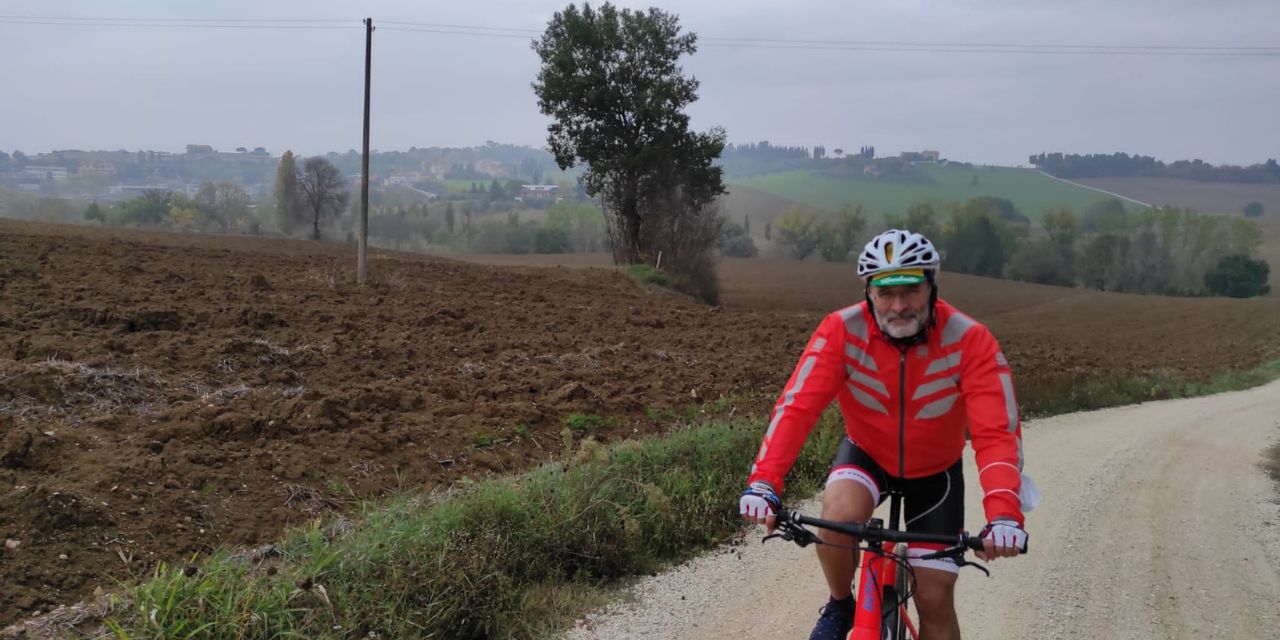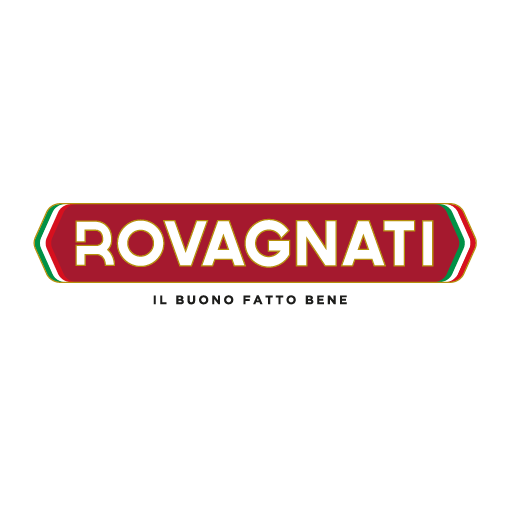Giro-E meets Gino Cervi, who was born on the same day as Gianni Bugno (in 1964) – a Romance philologue, Coppi’s fan, a supporter of the Milan soccer team but, mostly, an intellectual of cycling in the truest sense of the word, that is to say, a writer, an editor (books, dictionaries, encyclopedias), an author at large, including GIROglifici, the official Giro d’Italia podcast during the race itself that was created with the editorial staff of “Bidon-ciclismo allo stato liquid.” In other words, he’s quite knowledgeable about cycling, whether the matter-subject is the epic races that made the history or the current cycling facts. In this respect, he is about to begin an educational tour to discover the Marche, where he will be riding a pedal-assisted bicycle.
Cycling is a romantic sport, although it is imbued with technology, and the poetry of cycling tourism has been enhanced by the appearance of the e-bike. Doesn’t it seem strange?
“Not at all. I do believe that the e-bike is a Copernican revolution in cycling. I am not among those who regard the e-bike as a technological doping or even, as the meanest ones believe, the cycling Viagra. I really believe that it can broaden the horizons of cycling for a variety of reasons: culturally, environmentally, infrastructurally it is still a niche in Italy. I am very supportive of the e-bike. First, it is a daily transport mode that supports clever mobility, especially in urban and peri-urban contexts. It is excellent for those who live 20-30 kilometres from the city, like me. I live in Pavia and sometimes I come to work in Milan by bike. The pedal-assisted bicycle is the solution. There is also a tourism dimension to the bicycle traveler. True, riding a bike is an effortful sport, and effort is ontologically part of riding a bike, as it is tied to its history, its shape, and it is a passion you must cultivate with commitment and perseverance. However, being able to appreciate it when your athletic conditions would not allow it, or because you cannot perform as you used to because of your age, is an amazing opportunity afforded by the pedal-assisted bicycle.”
In a bicycle its aesthetic features are prevailing: current e-bikes – that used to be horrible – have become as nice as regular bicycles.
“Definitely. Bicycle means beauty, which is one of the aspects that make it attractive. In its Platonic, essential form, the bike has not changed for 150 years, as the 1885 Safety Bicycle – a bike with two same-size wheels and eight tubes forming its frame – has not changed so radically over time. The materials have changed, its technology has improved, but its shape has stayed the same. This is typical of flawless design objects that are well conceived and perfectly functional. The fact that the e-bike, when it was invented, would affect such a harmonious perfection – that nearly recalled Leonardo’s proportions with its wheels, frame, handlebar, and saddle – was bothering those who loved the bicycle, beyond its function, its being an instrument of athletic sublimation. As is always the case, human resourcefulness came to rescue the first so-called electric bicycle that nowadays looks less blatantly electric than it originally was.”
Where does your love for riding a bicycle come from?
“There are two main reasons. First, I was born in the countryside, so my early conquest of autonomy and independence was linked to my bike, which was my main transport mode even beyond aged 14, when I could have moved on to a scooter. In fact, I kept pedaling until I could drive a car, that is until I was 18. The second reason is that my mother was a cycling fan – Coppi was her hero – and my grand-father had passed on his passion– ha was a supporter of Bartali. He had my same name, although I never met him, and he was a tireless cycling fan: he would go to the Vigorelli cycle-track to see the champions racing there. Since my childhood, I remember watching the Giro d’Italia on tv at home in May.”




























